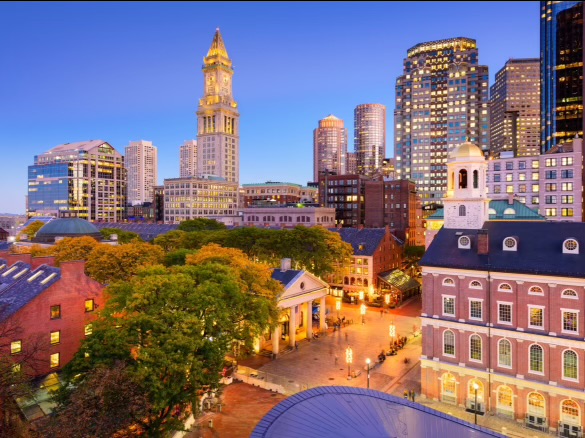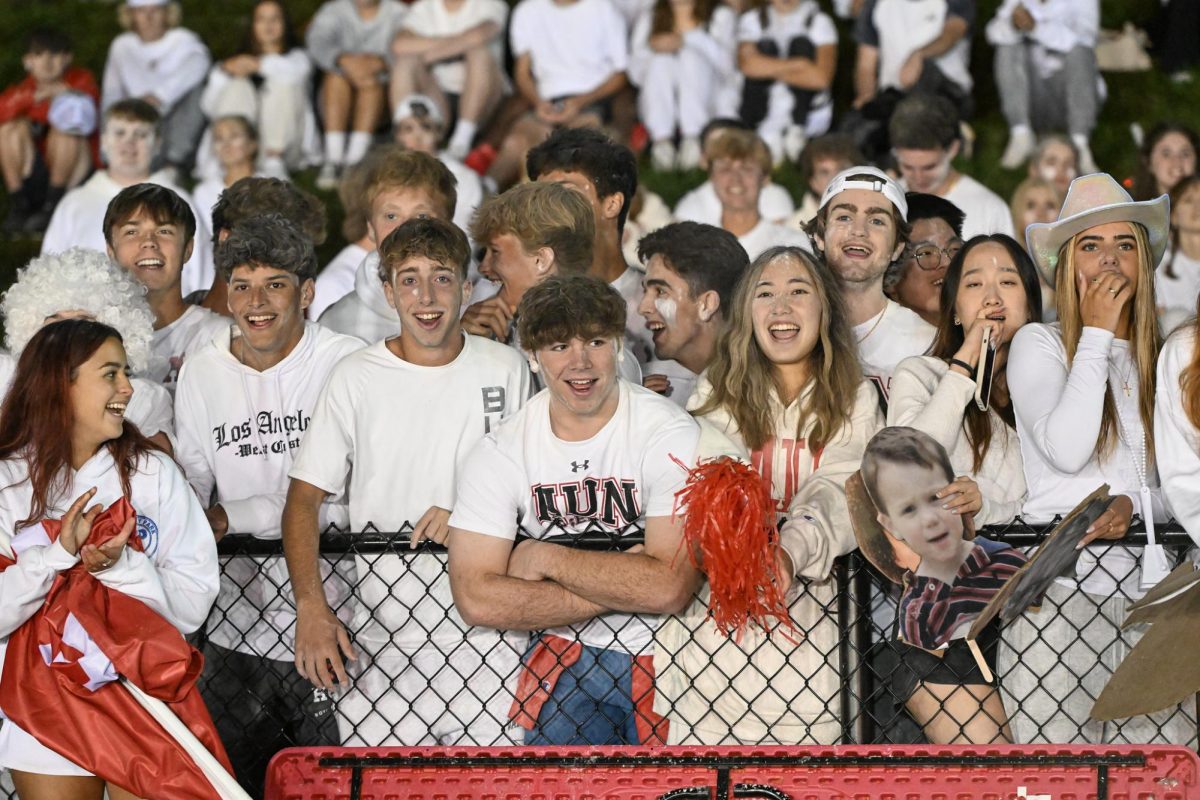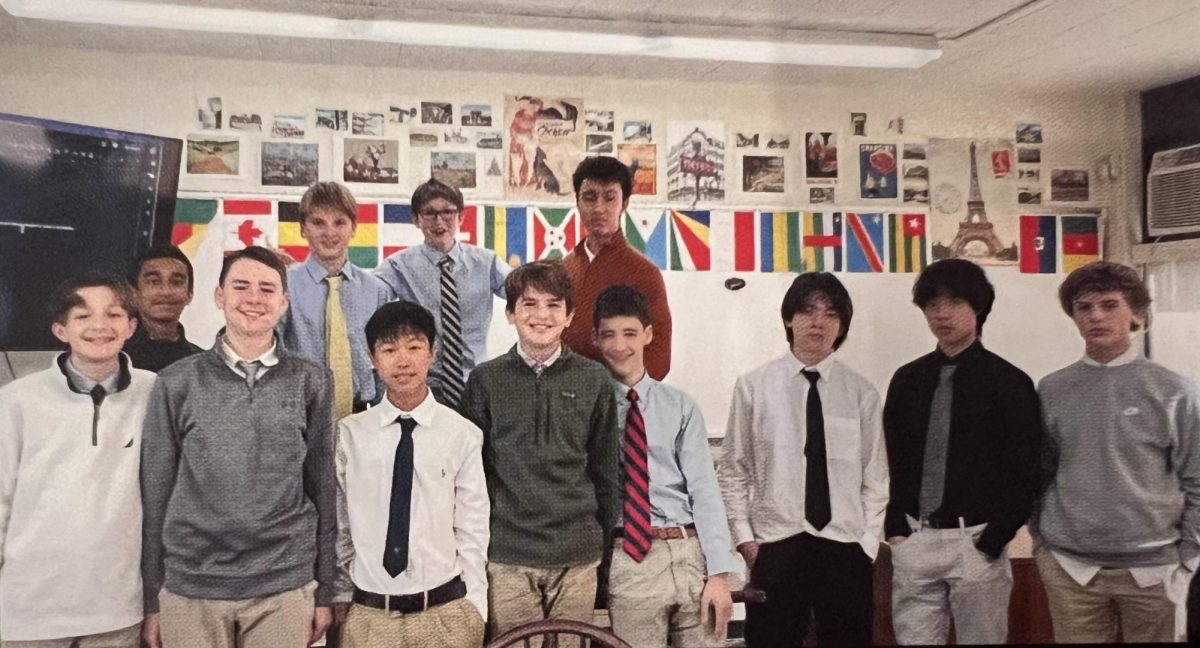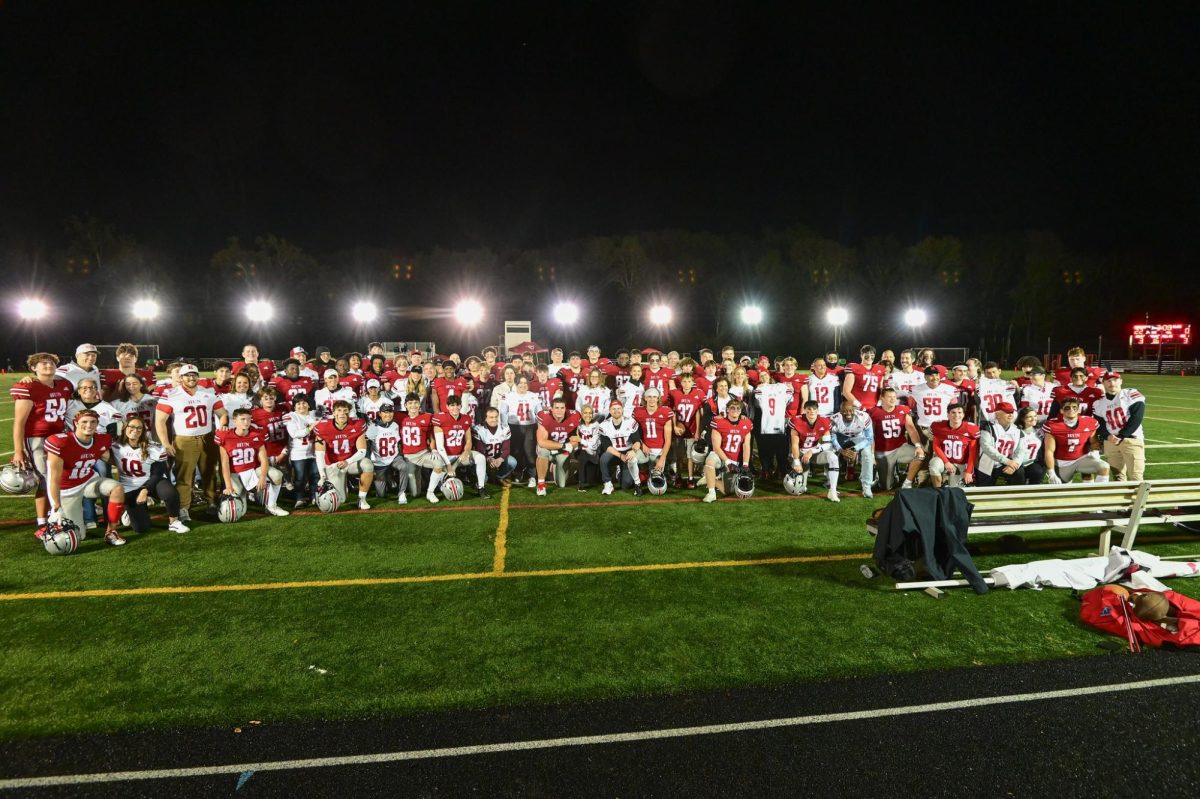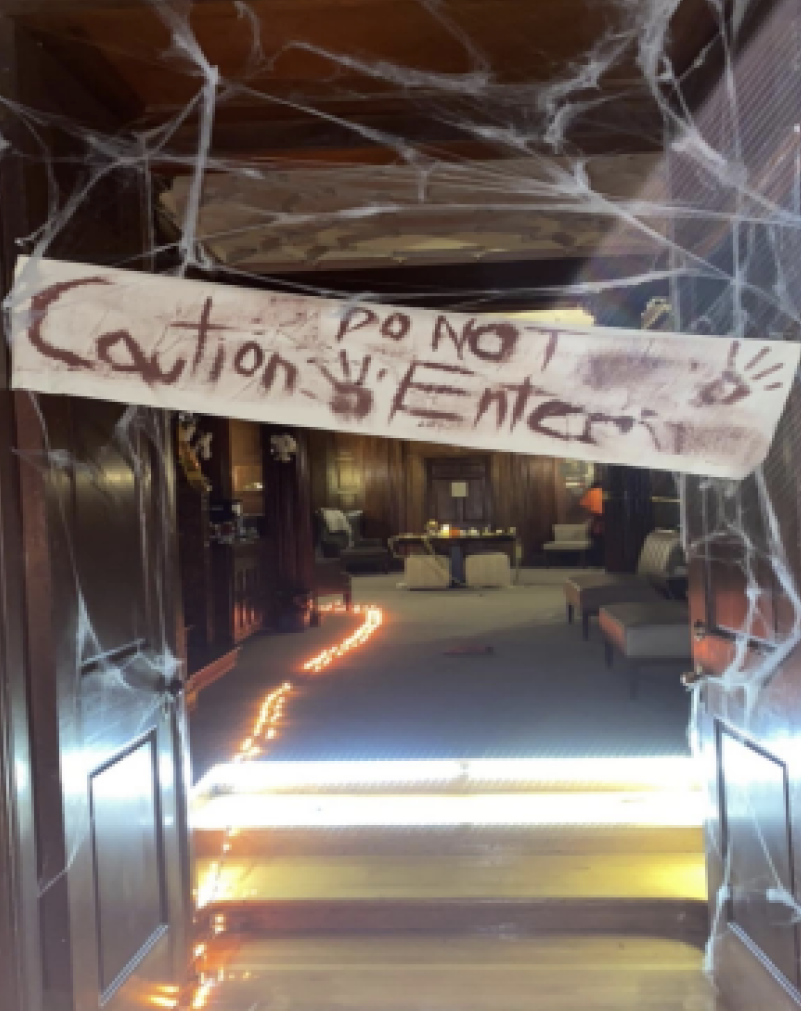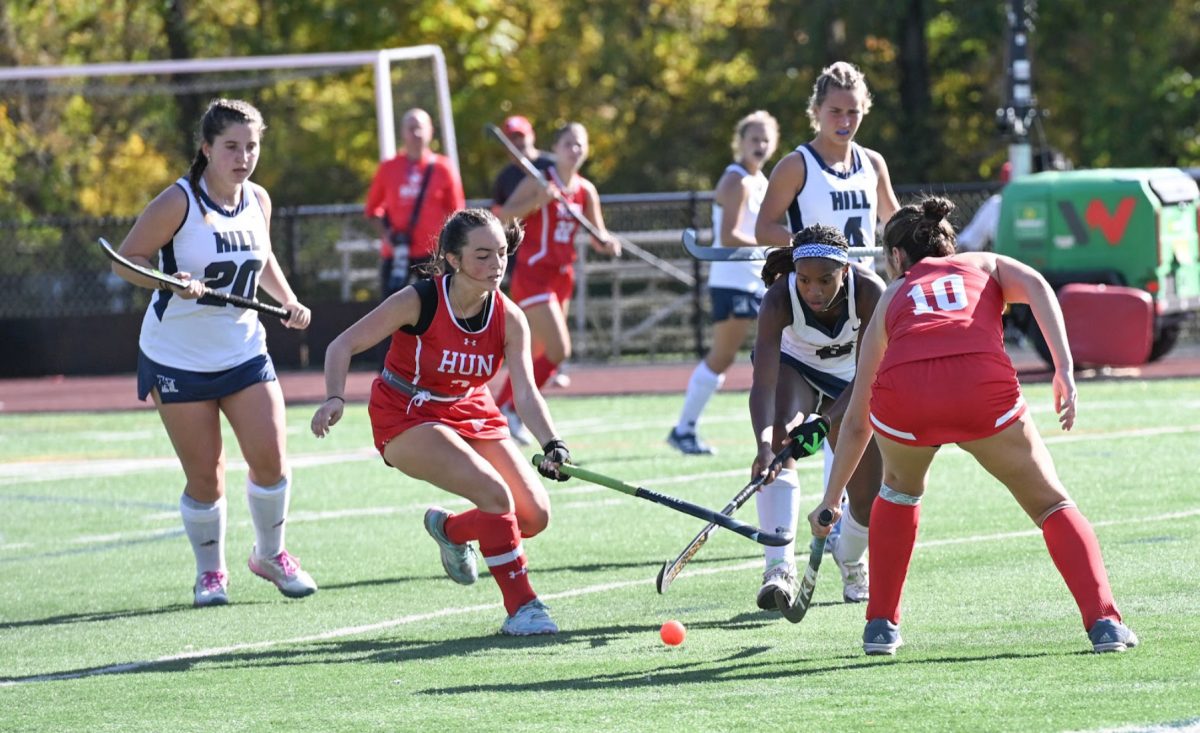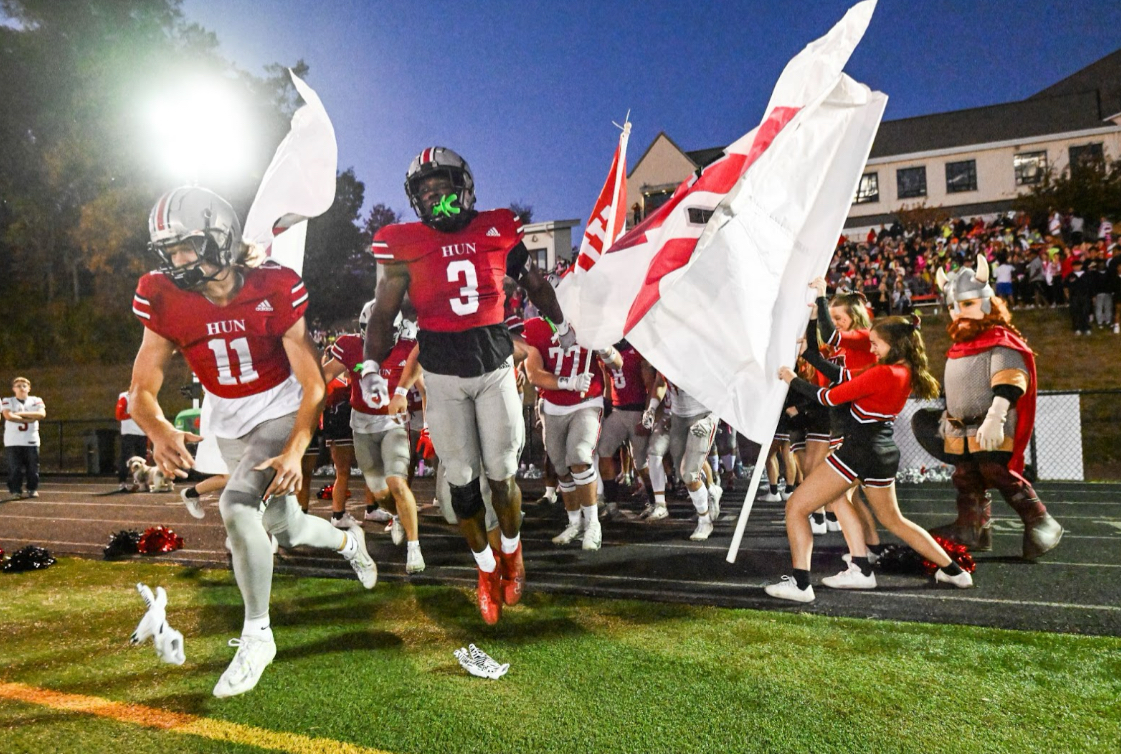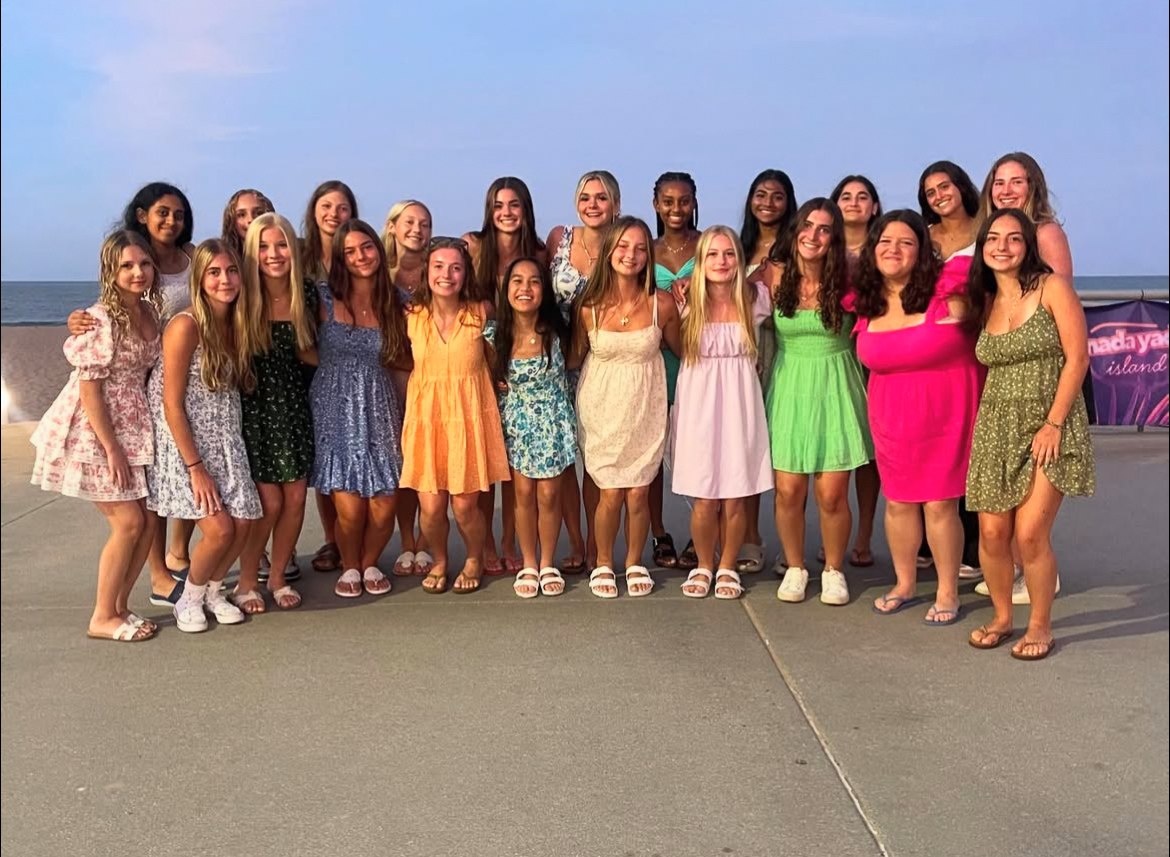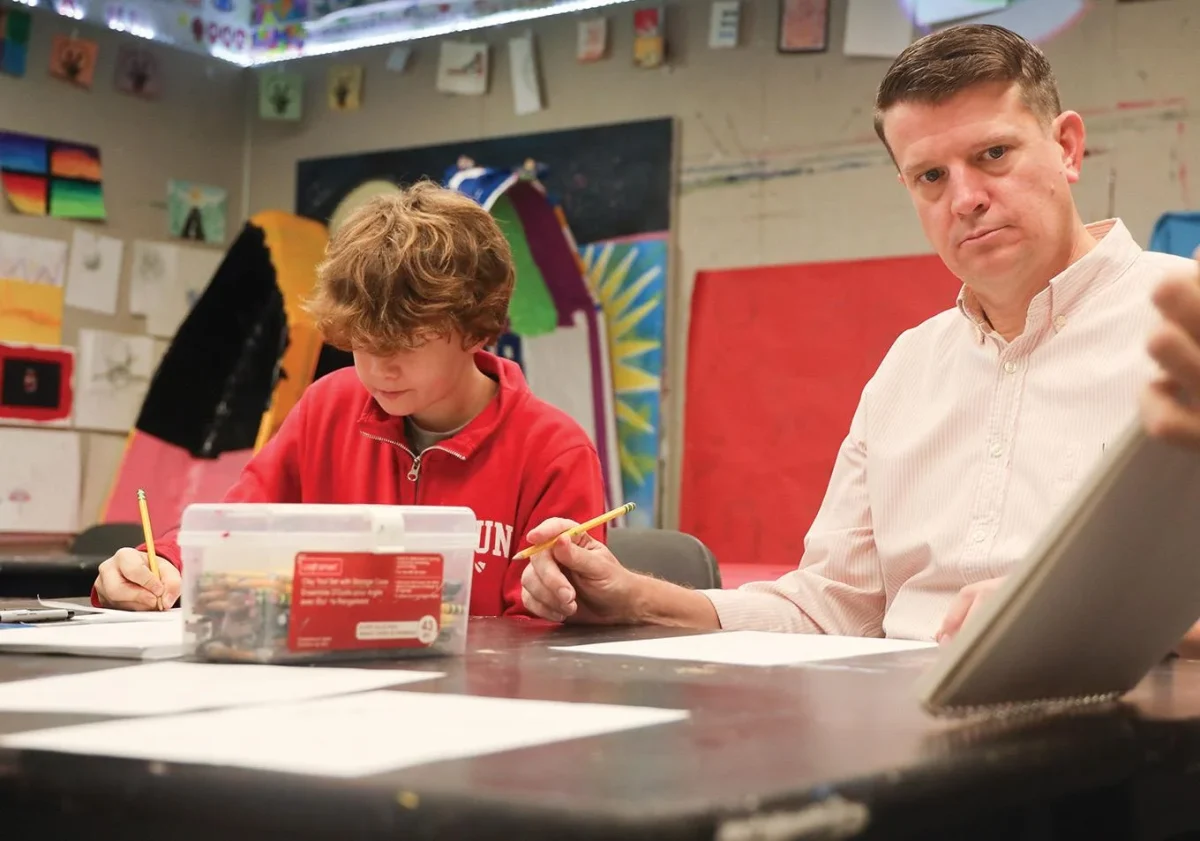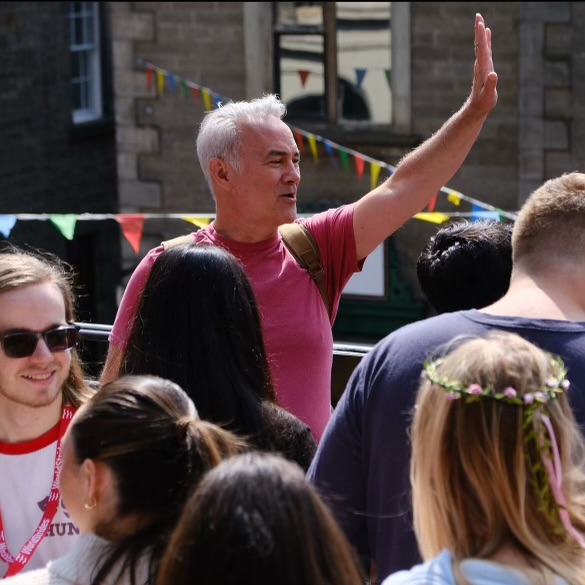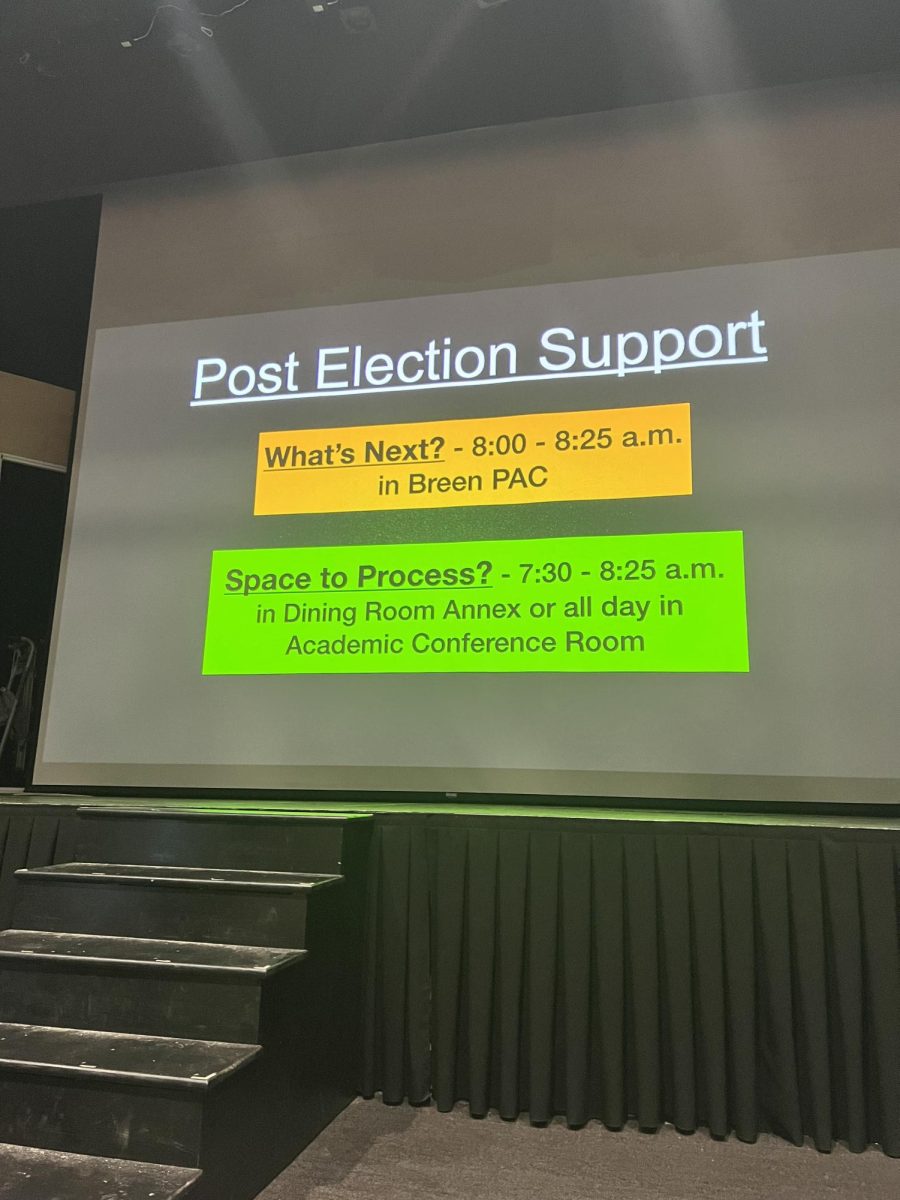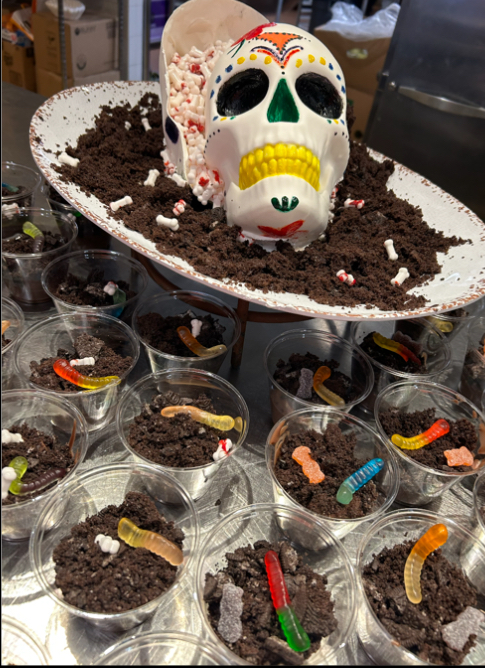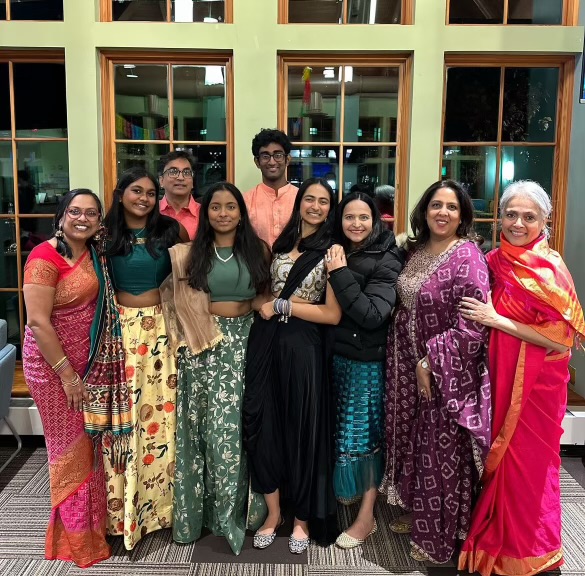One year ago, me and many other Hun students applied to the Student Diversity Leadership Conference that was to be held in St. Louis, Missouri. The application process was simple: answer a few questions on a google form and ask a couple of teachers for a recommendation. Then it was reviewed by a board of teachers. Once I was accepted, me and five of my peers met every two weeks to discuss and prepare for the upcoming conference. We would talk about current events and topics we expected to be brought up in conversations.
Over a span of four days, I had the opportunity to seek, learn, and gain an understanding of diversity, equity, and inclusion on a much larger scale.
The website explains further that “SDLC is led by a diverse team of trained adult and peer facilitators. Participating students develop cross-cultural communication skills, design effective strategies for social justice practice through dialogue and the arts, and learn the foundations of allyship and networking principles. Students, Facilitators, and Teachers come from independent schools across the country and internationally to participate.”
The conference was beyond a life changing experience. There are not enough words to satisfactorily describe the way that this conference has benefitted me as well as those who were with me. The exceptional speakers who were so engaging that students would shout and yell in admiration into the crowd.
Dr. Omekongo Dibinga was especially a memorable speaker. He used rhyme, rhythm, and rap to interact with the audience and express current social issues. I felt so seen with the relatable experiences he poetically gave and others did as well. The strong sense of community that was formed there with the 2,000 students and 6,000 teachers there was astounding.
The structure of the conference itself was separated into family groups, home groups, and affinity groups. Since there was such a large number of students, we had to be split into family groups that consisted of around 70 people in one large room. These groups were diverse with students from all across the world with different independent school experiences.
This gave me the opportunity to hear a variety of different stories and experiences to empathize with and to bring to my awareness. Kathy X ’25 said that she “was inspired by the other students there who have already taken action in their own schools or strove to be more inclusive in their personal lives. Home groups were groups of seven within the family group. This allowed for a smaller conversation that can go further into depth with the prompts and activities we were instructed to do by our peer facilitators.
Lastly, affinity groups were groups that were sorted by different identities. I had so much fun in my Asian Americans and Pacific Islander affinity group. A couple of others were the South Western Asian and North African Affinity group, the Jewish Affinity group, and the White, European Awareness group. There were many more as well.
Gabby R ’24 said that for her, it was her favorite experience in SDLC. She says,“I attended the Latinx/Hispanic affinity group. The energy, support, and love I felt from the fellow students I met from across the country cannot be described in words. There was solidarity that I did not expect, a rare experience where everyone felt welcome and were willing to welcome each other.”
Coming back from the conference and fueled by the energy of the students who lifted us up, we took action immediately. So far, we have hosted two faculty workshops that dove into one of the activities we all agreed was one of the most impactful in our family groups called the “Identity Molecule”. We plan to host many more workshops like these, execute other plans that we have, and continue the conversation surrounding diversity and equity inclusion at Hun.
“When I think about how I could bring what I learn from the affinity groups I think about community and confidence,” says Gabby,” I’ve gained so much confidence and pride in my cultural heritage that I am so grateful for. I am more confident than ever to share my culture and promote diversity with the Hun community in the future.”
